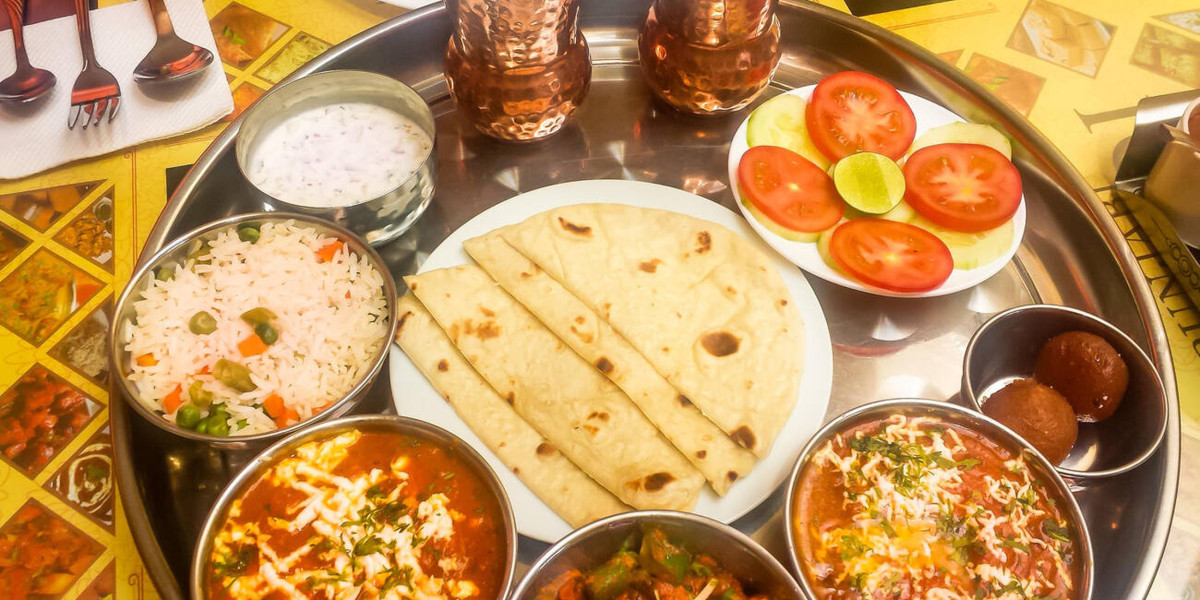Asian cuisine is a rich and diverse culinary tradition that has captivated food lovers worldwide. From the bold spices of Indian curries to the delicate flavors of Japanese sushi, each Asian restaurant brings a unique experience to the table. Whether you’re exploring street-style dishes, fine dining, or fusion flavors, Asian restaurants offer something for every palate. In this article, we will dive into the elements that make Asian cuisine special, the cultural significance of different dishes, and what to expect when dining at an authentic Asian restaurant.
The Essence of Asian Cuisine
1. A Fusion of Flavors
One of the defining characteristics of Asian cuisine is the harmonious blend of flavors. Many dishes feature a balance of sweet, salty, spicy, sour, and umami tastes. For example:
- Thai cuisine masterfully combines coconut milk sweetness with spicy chili and tangy lime.
- Chinese dishes often mix savory soy sauce with subtle hints of ginger and garlic.
- Japanese food embraces umami-rich ingredients like miso and seaweed for deep, earthy flavors.
Each Asian restaurant brings these unique combinations to life, ensuring a rich and satisfying dining experience.
2. Use of Fresh and Natural Ingredients
Authentic Asian restaurants prioritize fresh, locally sourced ingredients. Vegetables, seafood, rice, and noodles form the foundation of many dishes. The use of fresh herbs like cilantro, basil, and lemongrass enhances both aroma and taste.
3. Traditional Cooking Techniques
Asian cuisine is known for its meticulous preparation methods. Some key techniques include:
- Wok Cooking – Stir-frying over high heat for a smoky, crisp finish.
- Steaming – Common in Chinese and Japanese cuisine to retain nutrients and flavor.
- Grilling – Used in Korean BBQ and Thai street food to bring out deep, charred flavors.
The combination of these techniques ensures that every dish is cooked to perfection, preserving its authentic taste.
Cultural Significance of Asian Cuisine
1. Food as a Symbol of Tradition
Asian food is deeply rooted in culture and history. Many dishes have been passed down through generations, holding a special place in family traditions. For example:
- Dim sum in China represents togetherness and is often enjoyed in family gatherings.
- Sushi in Japan is an art form that requires years of training to master.
- Indian curries have been influenced by centuries of spice trade and regional diversity.
Dining at an Asian restaurant is not just about food—it’s about experiencing centuries of culinary evolution.
2. The Role of Spices and Herbs
Asian cuisine is celebrated for its use of aromatic spices. Different regions have distinct spice blends:
- South Asian food (Indian, Pakistani, Sri Lankan) uses turmeric, cumin, and garam masala for depth.
- Southeast Asian cuisine (Thai, Vietnamese) features lemongrass, galangal, and fish sauce for bold flavors.
- East Asian food (Chinese, Korean, Japanese) incorporates soy sauce, ginger, and sesame oil for umami richness.
Spices not only add flavor but also offer health benefits, such as improved digestion and anti-inflammatory properties.
What to Expect at an Authentic Asian Restaurant
If you're visiting an Asian restaurant for the first time, here’s what you can look forward to:
1. A Diverse Menu
Most Asian restaurants offer a wide variety of dishes, from street food favorites to gourmet specialties. You may find:
✔ Appetizers – Spring rolls, dumplings, tempura.
✔ Main Courses – Stir-fried noodles, rice dishes, seafood platters.
✔ Desserts – Mango sticky rice, matcha-flavored sweets, red bean pastries.
2. Unique Dining Experiences
Many Asian restaurants incorporate cultural elements into their dining experiences:
- Japanese teppanyaki restaurants feature chefs cooking at the table.
- Korean BBQ spots let diners grill their own meat.
- Hotpot dining is a communal experience where you cook ingredients in a flavorful broth.
3. Traditional Decor and Atmosphere
Asian restaurants often reflect the culture of their cuisine through decor, featuring elements like:
- Bamboo and wood furnishings.
- Asian art, calligraphy, or murals.
- Traditional music to enhance the ambiance.
Why Asian Restaurants Are So Popular Worldwide
1. Wide Appeal for Different Diets
Asian cuisine accommodates various dietary preferences:
- Vegetarian & Vegan – Many dishes rely on tofu, vegetables, and plant-based sauces.
- Gluten-Free Options – Rice-based dishes make it easy for those avoiding gluten.
- High-Protein Diets – Many meals feature lean meats, seafood, and eggs.
2. Affordable and High-Quality Food
Asian restaurants offer great value, whether it's an affordable street-food-style eatery or an upscale fine-dining experience.
3. A Celebration of Culinary Innovation
While traditional dishes remain beloved, many Asian restaurants experiment with fusion cuisine, blending Asian flavors with Western techniques to create new and exciting dishes.
Conclusion
Dining at an Asian restaurant is more than just a meal—it’s an exploration of rich traditions, bold flavors, and cultural history. Whether you’re savoring a fragrant Thai curry, enjoying a delicate sushi roll, or experiencing the excitement of a sizzling teppanyaki grill, Asian cuisine offers something for everyone. The next time you visit an Asian restaurant, take a moment to appreciate the artistry behind every dish, and embark on a true culinary adventure.









